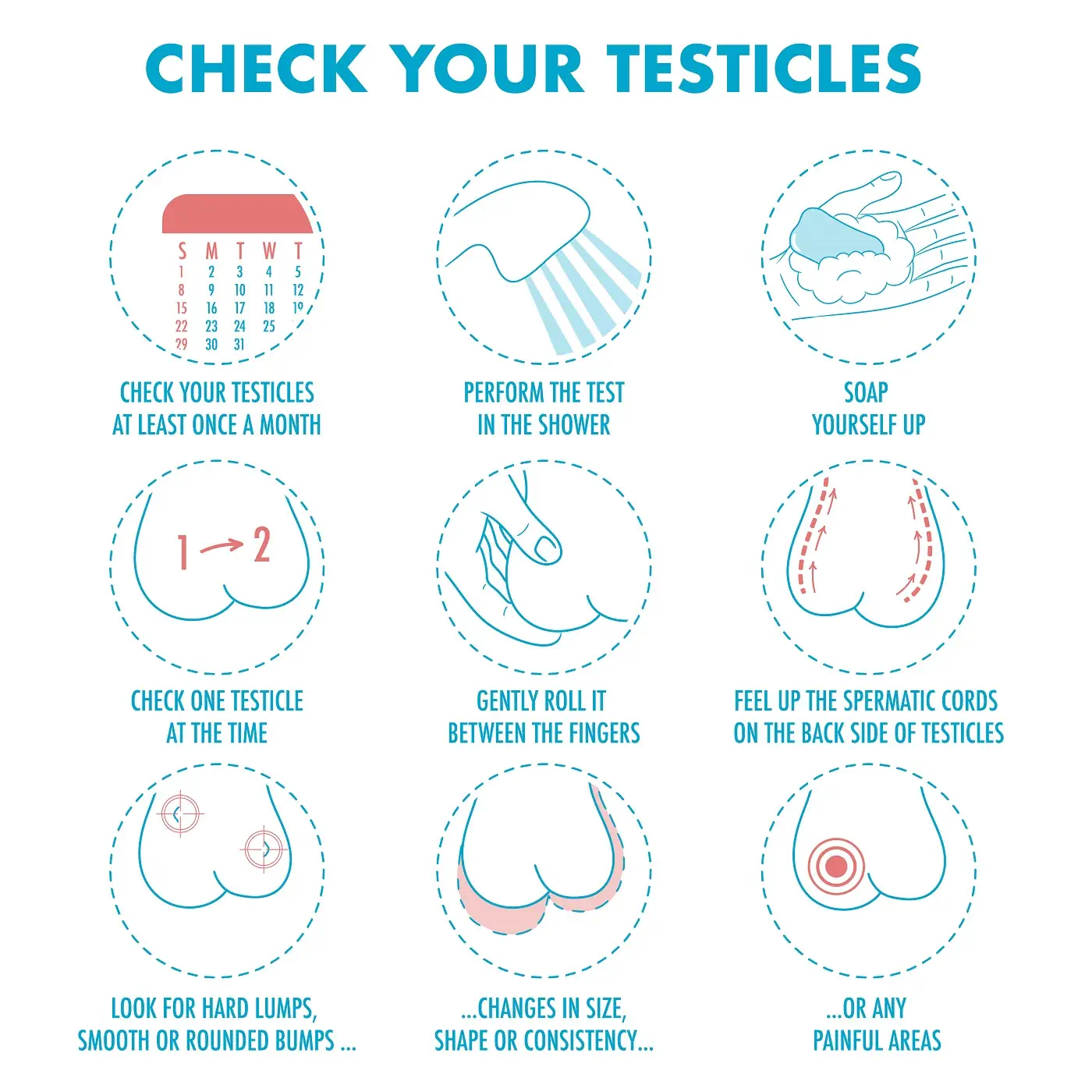Testicular cancer begins in the testicles and is commonly found in males between the ages of 15 and 40. However, it is possible for men to get testicular cancer at any age. Testicular cancer usually occurs when cancer cells develop in the tissues of a testicle. These cells grow uncontrollably and can spread all around the body.
According to Malaysia's National Cancer Registry Report (2012 – 2016), testicular cancer accounted for 1.2% of cancers in Malaysian males. Testicular cancer is very rare and affects approximately 1 in 250 men in their lifetimes.

Types of testicular cancer
The testicle is comprised of many different cells which can develop into different types of cancer. There are several types of testicular cancer:
Germ cell tumours
More than 90% of testicular cancers begin in germ cells which are the cells that produce sperm. The two main types of germ cell tumours are seminomas and non-seminomas:
Stromal cell tumours
Cancer begins in the stroma which are hormone-producing tissues. This cancer is found in up to 20% of childhood testicular cancers, but less than 5% of adult testicular cancer cases.
Risk factors of testicular cancer
People who are at risk for being diagnosed with testicular cancer include:
Signs and symptoms of testicular cancer
The following are symptoms that can be attributed to testicular cancer:
Stages of testicular cancer
The stage of testicular cancer helps to determine how serious and how far the cancer has spread in the body.
The earliest stage of testicular cancer is Stage 0. The other stages range from I (1) to III (3) and each stage may be split to cover specific details using capital letters (e.g. A, B, C). A lower the number indicates the cancer is limited to the affected area, but a higher number indicates the cancer has spread. Within stages, an earlier letter means a lower stage.
Diagnosis of testicular cancer
Testicular cancer is usually diagnosed once a lump or an abnormal change in a testicle is found during self-examination or unintentionally.
Some common techniques that your doctor may use to diagnose testicular cancer include:
Learn more about the different types of screening and diagnostic procedures performed to diagnose testicular cancer.
Treatment options for testicular cancer
Treatment options depend on your health, preferences, cancer stage and type.
Some of the treatment for testicular cancer include:
Learn more about the different types of treatment technologies to treat testicular cancer.
Prevention of testicular cancer
There is no way to completely prevent testicular cancer. However, it is recommended that you perform regular testicular self-examinations at least once a month.
Self-examination for testicular cancer

It is best to perform a testicular self-examination after a bath as the skin of the scrotum is relaxed, which makes it easy to identify any abnormalities.
Begin by using both hands and fingers to examine each testicle. Roll the testicle between your fingers and thumbs. Feel around for any lumps, which may range in size. Having any lumps or bumps is not normal and should be checked with a doctor.
There will be a cord-like structure on top and at the back of the testicle. However, this is just the epididymis and should not be confused with a lump.
Detect to Protect!
Testicular cancer is very treatable, and the number of individuals who recover from it is high. Yearly physical exams and regular self-examinations can help identify any changes that may be indicative of testicular cancer.
Discuss with your doctor to understand if you would benefit from screening for testicular cancer.
Make an appointment at Gleneagles Hospitals
If you are experiencing any of the symptoms of testicular cancer, get in touch with us to find out more about our Oncology Services at your nearest Gleneagles Hospital.
Gleneagles Hospital works with oncologists to assist patients through cancer treatment. The caring and multidisciplinary team of healthcare professionals are available for consultation and to provide the best care.

Wait a minute